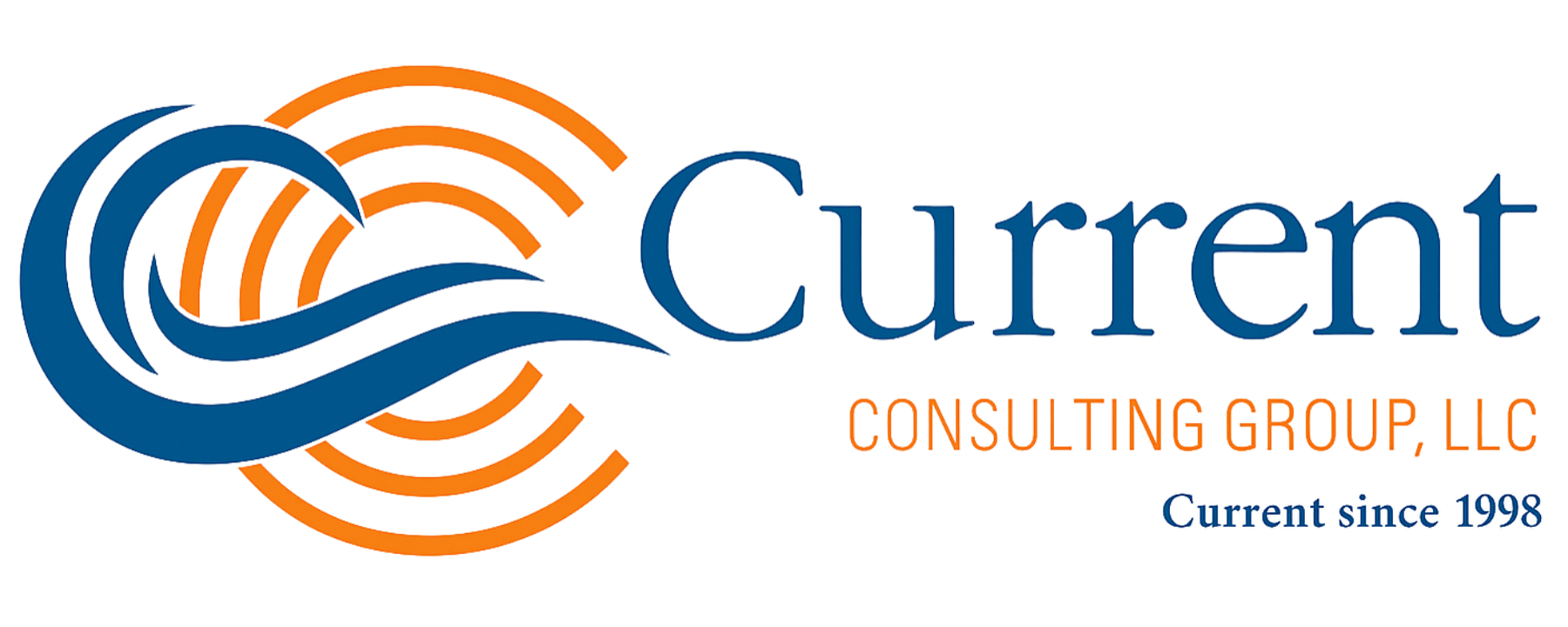This information is provided for educational purposes only. Reader retains full responsibility for the use of the information contained herein.
While the world continues to be turned upside down by the COVID-19 pandemic, a whole new perspective is coming into view for the future of drug testing.
We hear a lot about the “new” norm, but we are not there yet. We are still in the process of changing how we do everything from grocery shopping to meeting with clients and employees. As we continue to implement the necessary changes to protect our health and wellbeing, some of which are drastically different from the “old” norm, we have to be prepared for the possibility that the drug testing industry will never be the same. Much will depend on the answers to these two questions:
When this pandemic finally ends:
- Will we remain in a state of perpetual precaution going forward?
- Will we want to go back to the way it used to be? (Will our clients even let us?)
But before we get to that, let us review how we got to where we are.
Marijuana
The legalization of marijuana over the past several years was already wreaking havoc on the drug testing industry, causing a great deal of confusion among drug test providers and employers. For example, it is not uncommon to hear that “many” companies have discontinued testing for marijuana. However, in the Current Consulting Group’s (CCG) 2020 Employer Drug Testing Survey, only 5% of respondents indicated they were considering abandoning testing for THC. Most employers continue to test for marijuana and have no plans, at least currently, to stop.
However, among companies that indicated they were considering removing marijuana from the drug test panel, 33% said it was because testing for marijuana was not legal in their states. The truth is, testing for marijuana is legal in all 50 states.[i] Though some states have enacted restrictions on pre-employment testing for THC and what employers can do when someone tests positive, no state has passed a law completely prohibiting testing for marijuana.
In fact, in New York City, which has one of the most restrictive marijuana drug testing laws, the prohibition only applies to pre-employment testing and excludes a long list of safety-sensitive occupations from the law’s restrictions. The exempted positions include, among many others, “positions where impairment would interfere with the employee’s ability to take adequate care in carrying out his/her job duties and would pose an immediate risk of death or serious physical harm to the employee or others.”[ii]
Additionally, 42% of survey respondents cited concerns about lawsuits as a reason for considering dropping marijuana from their testing panel.[iii] That is a legitimate concern, after all we live in a very litigious society. But the good news is the law is on the employer’s side. One of the only ways someone could successfully sue an employer on a marijuana-related issue would be if the employer discriminated against a legal user of legal marijuana. So, don’t discriminate against people who legally use marijuana. However, at the same time and in accordance with virtually every legal marijuana law, employers should understand they are not required to tolerate employees being at work while impaired by marijuana.
Of course, proving someone is impaired is challenging, in part because a drug test result does not provide legal or scientific proof that someone is impaired. But that does not mean employers should stop testing for marijuana, it simply means they should not try to use a drug test result to prove someone is impaired. Non-drug testing impairment detection methods will likely become more prominent in the near future thanks to the legalization of marijuana.
COVID-19
Now let’s turn out attention to the impact that COVID-19 has had on drug testing. In a recent survey of the drug testing providers conducted by the Current Consulting Group, nearly 60% indicated the total number of drug tests sold or processed by their company was down 41% of more since the start of pandemic, including 24% that said it was down more than 60%.[iv]
Of course, the tremendous drop in drug tests coincides with the massive increase in unemployment—fewer people working means fewer people being drug tested. However, another huge impact of COVID-19 has been the significant increase in drug abuse as people seek to self-medicate their way through the national crisis. It will be many months before we know precisely how much drug abuse has increased since March, but we do know that sales of alcoholic beverages are up significantly along with sales of legal marijuana products.[v],[vi] Additionally, we know that drug overdoses are also up significantly during the pandemic.[vii]
Coming into 2020, based on the federal government’s annual National Survey on Drug Use and Health, marijuana use was widespread and on the rise.[viii] Additionally, according to the Quest Diagnostics Drug Index, positive marijuana drug test results were also on the rise compared with previous years.[ix]
What this means is that at a time when drug abuse was already increasing, the COVID-19 pandemic has accelerated that increase. And, as the economy begins to reopen, tens of millions of people will be looking for jobs again and an increased percentage of those job seekers will be current substance abusers. And the two most abused substances continue to be alcohol and marijuana.
The Future
So, given all this, what does the future of drug testing look like?
First, the need for drug testing and testing for marijuana, in particular, has never been more urgent or important. It is safe to say that now is not the time to eliminate drug testing, cut back on drug testing, or remove marijuana from your drug test panel.
Second, we live in an age when drug testing technology has never been more sophisticated and effective. Urine, oral fluid and hair testing provide employers with three proven drug testing methods that have withstood the test of time as legal and legally defensible, accurate, and practical on a day to day basis.
Third, the pandemic has forced employers to find ways to overcome obstacles to getting drug and alcohol tests conducted. Though it’s not thought to be a widespread problem, there have been reports of clinics not being able to do urine collections due to the increased workload caused by COVID-19 testing. Additionally, there have been reports at some locations about collecting the deep-lung air sample necessary to conduct a typical breath alcohol test.
This has moved some employers and providers in the direction of alternative testing methods such as oral fluid drug testing and saliva alcohol screening. Oral fluid collections are so simple they can be conducted by either trained professionals or employees at the workplace eliminating the need to send individuals to off-site facilities. And with the federal government’s endorsement of lab-based oral fluid drug testing in October 2019, there now exists a blueprint employers can use to implement programs in place of or in addition to other testing methods.[x]
As a quick reminder…
Urine testing is legal in every state and required by the U.S. Department of Transportation (DOT). The window of detection of 3-4 days makes it ideal for lifestyle drug use detection and the panel of drugs can be extensive enough to test for virtually any commonly abused substances.
Oral fluid testing is ideal for states that have legalized marijuana. Drugs are detectable in an oral fluid sample within minutes after usage and combined with its tight window of detection of hours rather than days (for most drugs), it is the only valid testing method that can detect recent drug use.
Hair testing offers a wide window of detection of up to three months, making it ideal for historical drug use detection, but it cannot be used for recent-use detection.
These are the only three testing methods that are legal, accurate and practical. Going forward, many employers will likely combine two or all three of these testing methods into a single program to realize the advantages of each method and maximize their return on investment in drug testing.
One other significant way the pandemic is changing drug testing is in how collections are conducted. Employers are reporting that some employees and applicants are uncomfortable visiting off-site clinics to void a sample. As the pandemic rages on, it is likely a growing number of people will insist on providing samples at the workplace or from the safety of their own home. This is made possible with remote video-observed collections or tele-health collections using some type of video app such as Zoom or Proof from RecoveryTrek.
Conclusion
In 1999, when the Current Consulting Group conducted its first drug testing industry survey, we asked just four questions: In the future, who will buy drug testing and how will they buy it? And who will sell drug testing and how will they sell it? In the 22 years since that survey was conducted, we have seen major changes in the drug testing industry, many of which align well with the predictions that were made by those who participated in that 1999 survey.
However, more changes, some of which will become permanent, are clearly in the works. The COVID-19 pandemic combined with the legalization of marijuana are accelerating these changes. The future of drug testing is fast approaching.



